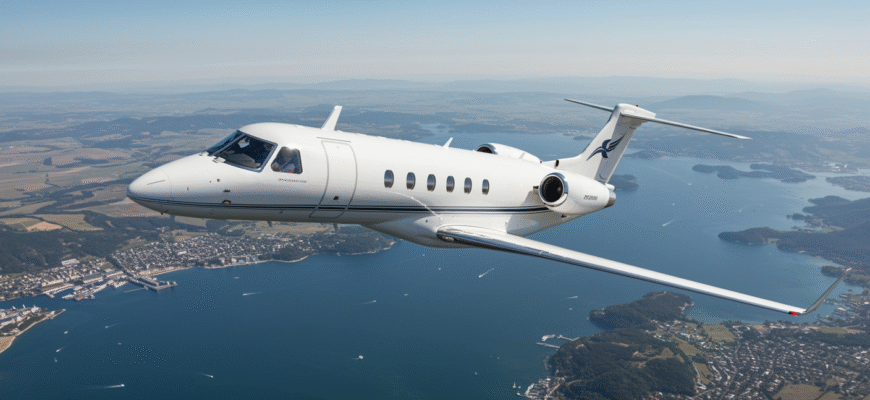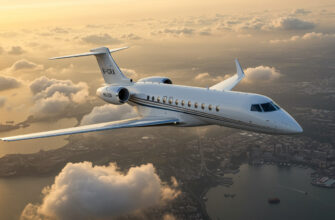What actually happens behind the smoked-glass windows of a private jet charter terminal in the UK? It’s not all champagne corks and Instagram filters. For some, it’s a medical emergency that can’t wait. For others, it’s a business deal too sensitive for commercial flight delays. And then there’s the luxury crowd—those who crave exclusivity, or just seriously hate airport lines. What’s clear: chartering private jets to and from the United Kingdom has become more accessible for the elite, more secretive for the powerful, and more controversial for everyone watching.
What Is The Private Jet Charter Industry
Unlike full jet ownership that locks you into astronomical costs, chartering offers flexibility—fly when you want, where you want, without the lifetime mortgage on a Gulfstream. It’s like Uber Black, if the car was a £40 million aircraft. These flights run on-demand; you call, they fly. There’s no boarding pass, just an exit from a black car and a stroll across the tarmac.
In the UK, flight operators and brokers coordinate services that touch down at airports built for discretion—places like Luton, Biggin Hill, or Farnborough. You could call them Heathrow’s invisibility cloak. From these strips, planes cruise out to hotspots like New York (for finance and fame), Geneva (for money and mountains), Dubai (wealth-meets-climate-control), and Nice (because British weather).
It’s a booming scene. Charter requests are stacked year-round—with peak traffic in the summer for European hops like London to Ibiza and winter getaways for those dodging the UK’s soggy cold.
Who’s Really Flying
If your brain jumps to musicians or movie stars, you’re about halfway there. Celebs still take these flights—just usually under secret bookings. But the cabins also carry a wider spectrum of passengers:
- Wealth managers flying last-minute to Monaco for clients whispering “urgent.”
- Influencers with million-dollar sponsorships avoiding three-hour queues at customs.
- Royalty that isn’t necessarily British, but definitely expects security.
- Families facing medical emergencies who need equipment or care at 40,000 feet.
And there’s more going on behind the scenes. Politicians with tight travel windows—and tighter scrutiny—regularly board under aliases or drop into secondary airports miles from their final locations. A quick search into open flight data will sometimes show jets flying with odd detours or no listed passengers at all.
Private aviation also feeds a fast-paced culture where business leaders don’t wait around. The pandemic taught power players what uninterrupted travel feels like. Many swore never to sit in coach again, even if it’s BA Club World. That’s poured fuel on the fire—with travel no longer just about speed, but the complete control that comes with having a jet on standby.
The Cost Of Flying Private
Private jets don’t come with an “economy class.” If you’re flying from London to Ibiza, expect a light jet (say, 6-8 people) to cost £10,000 to £13,000 round-trip. A transatlantic hop from London to NYC? Around £80,000—each way. Dubai draws in even more digits. That can land north of £100,000 depending on the aircraft size, security setup, and onboard customization.
So what do you actually get? Usually, all-in service. That means:
| Service | Details |
|---|---|
| Crew | Fully trained pilots and one or more flight attendants (on midsize or large jets) |
| Catering | Customized food and drinks—anything from sushi platters to Dom Pérignon |
| Ground Transfers | Car-to-plane boarding, with high-end black car services |
| Airport Fees | Hangaring, ramp usage, de-icing charges (seasonal) |
But costs can climb higher than expected. One slip-up in scheduling could mean paying for a flight that flies back empty (known as an “empty leg”). Or shelling out for a plane to be “positioned” to your nearest airstrip before it even takes off with you in it. These extra charges can add thousands—because you’re paying for the plane’s calendar, not just your seat.
Even discounts have a game to them. If you know a broker or play the system, you might snag an empty leg at 70% off. But it won’t be at your ideal time. And you’ll move fast—cancel, and you’re not just ghosting a calendar, you’re burning a serious chunk of cash.
How the Ultra-Rich Avoid Terminals, Taxes, and Transparency
Most people can’t stand long airport security lines or waiting at baggage claim. Now imagine having enough cash to skip that entire experience. The ultra-wealthy in the UK are doing just that—dodging terminals, skirting taxes, and all but vanishing from radar.
Big airports like Heathrow? Way too public. Instead, they’re flying from smaller, low-profile airports like:
- Luton – efficient and packed with private lounges, handling VIP traffic quietly
- Farnborough – custom-built for business aviation, no commercial chaos in sight
- Biggin Hill – 20 minutes from central London, with ultra discreet valet service
Getting on and off these jets is more like checking into a private spa than an airport. Limo pulls up to the jet stairs. Customs quietly handled airside. No scans, no crowds, no waiting. For certain clients, special clearance allows them to go from home door to aircraft cabin without a single soul outside their trusted circle knowing about the trip.
And those flights? Not always traceable. With anonymous bookings done through shell companies or assistants, some itineraries are a guessing game. Fake destinations get filed just to muddy the paper trail—or throw off media, stalkers, or rivals. A jet may be bound “for Milan,” but it’s really going to Mykonos, with a flight path that intentionally detours for plausible deniability.
The Rise of Stealthy Travel Trends
Keeping it low-key isn’t just about avoiding taxes or fans. It’s a whole travel aesthetic for the private jet crowd in the UK.
Most hush-hush of all: ghost legs. These are jets flying back home empty after a drop-off. But insiders can book these flights at cut rates—if they know who to call. You won’t get fluffy robes and Moët, but for a fraction of the usual price, you’ll fly the same G550 someone used hours before (or after) their Bidar-to-Belgravia bounce.
And those white jets zipping off to Ibiza or Zurich? Not always a party run. Some are booked as medical evacuation flights, but onboard might be stem cell therapy patients, addiction recovery clients, or even luxury rehab transfers masquerading as leisure travel. These charters often skip scrutiny under the label “med evac.”
Then there’s the decoy jet tactic. Say a celebrity or high-net-worth divorcee needs privacy. Their team might book one jet out of London—and another out of a completely different airport. Only one is carrying them. The other’s there simply to throw off photographers, private investigators, or even corporate spies. It sounds absurd, but it’s already happened—more than once.
New Models of Private Jet Access
Not everyone balling out in a Falcon 7X actually owns it. The game has evolved. Today’s high-flyers in the UK mix and match ways to fly.
Jet cards let you prepay flight hours and unlock guaranteed availability—think of it like a punch card for planes. Meanwhile, fractional ownership splits a jet’s costs across multiple people or companies who take turns.
What’s trendier right now? Subscription memberships. Brands like NetJets and VistaJet offer sleek packages: monthly fees, access to various aircraft sizes, and private-only lounges at select airports. It’s upscale SaaS—but for air travel.
And yes, the “Uber for private jets” thing? Still half fantasy. Some apps dabble in it, connecting users with empty legs or last-minute charters. But you won’t stumble on a private jet waiting like a ride-share hatchback. You still need cash, connections, and the ability to flex fast.









